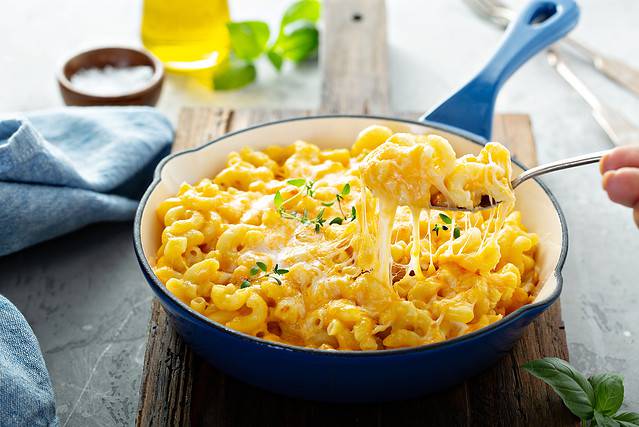Samosa? Check out the Explanation

Currently, samosa (also known as sambosa) is better known as a typical Middle Eastern and Indian snack. It has a triangular shape with various fillings, maybe at a glance it reminds the Indonesian people of pastel as one of the most popular snacks in the market. The combination of savory and spicy flavors from traditional samosas is perfect for all ages.
Samosas are triangular-shaped fried pastries that traditionally contain boiled potatoes, peas, onions, coriander leaves, panir or meat. The color of the skin is yellow to golden when fried. This food is famous in the Middle East, South Asia, and Southeast Asia. There are also samosas filled with vegetables as vegetarian samosas. Another characteristic of this snack is the use of curry spices in the filling.
Next, the entire filling is wrapped in a dough made of wheat flour, ghee and water. Making the skin dough from samosas is very similar to the pastel dough. The taste varies greatly depending on the contents in it, ranging from sweet to savory. This difference in taste is mainly due to the fact that samosas are now developing and modified with modernized fillings, for example coconut chocolate samosa, egg avocado samosa, cheese samosa, to spicy chicken samosa.
History of Samosas
Maybe this is one of the foods that has the most history of travel starting from Egypt then to China to India. History Samosa was eaten as a snack by traders and travelers at campsites or rest areas during the journey. There is an Arabic recipe book found from the 10th century and recorded under the name “sanbusak”. In fact, in Persian the word “Samsa” means “Pyramid”, so that everything starts to look connected. It should be noted that until now in Egypt, “Samosa” is still known by some people as “sambusak”, which is only one letter different between m and n.
Adaptation of Samosa in Several Countries
As already explained, Samosa has a very long history and many people mistakenly believe that its history does not come from India, but from Egypt. Samosa has many adaptations and versions in several countries and regions. In Eastern Nepal, samosas are called “singadas”, while other regions call them samosas. “bajiya” is another name for samosa in Maldives which contains fish and onions.
On the other hand, in Uzbekistan, Kazakhstan, Kyrgyzstan and Xianjiang, samosas are known as “samsas” but they are never fried, but grilled.
Samosa Variations
Samosas come in different shapes, sizes, fillings, and skin thickness depending on the recipe or the taste of the person making them. However, almost all samosas have a unique triangular shape. Samosa can be found in India or surrounding countries by being sold at outlets called chaat.
Usually samosas are served with sauces such as stuffed onions, cilantro, yogurt, chutney, and chaat masala. While not all inclusive, samosas have the most common variations around the world.




